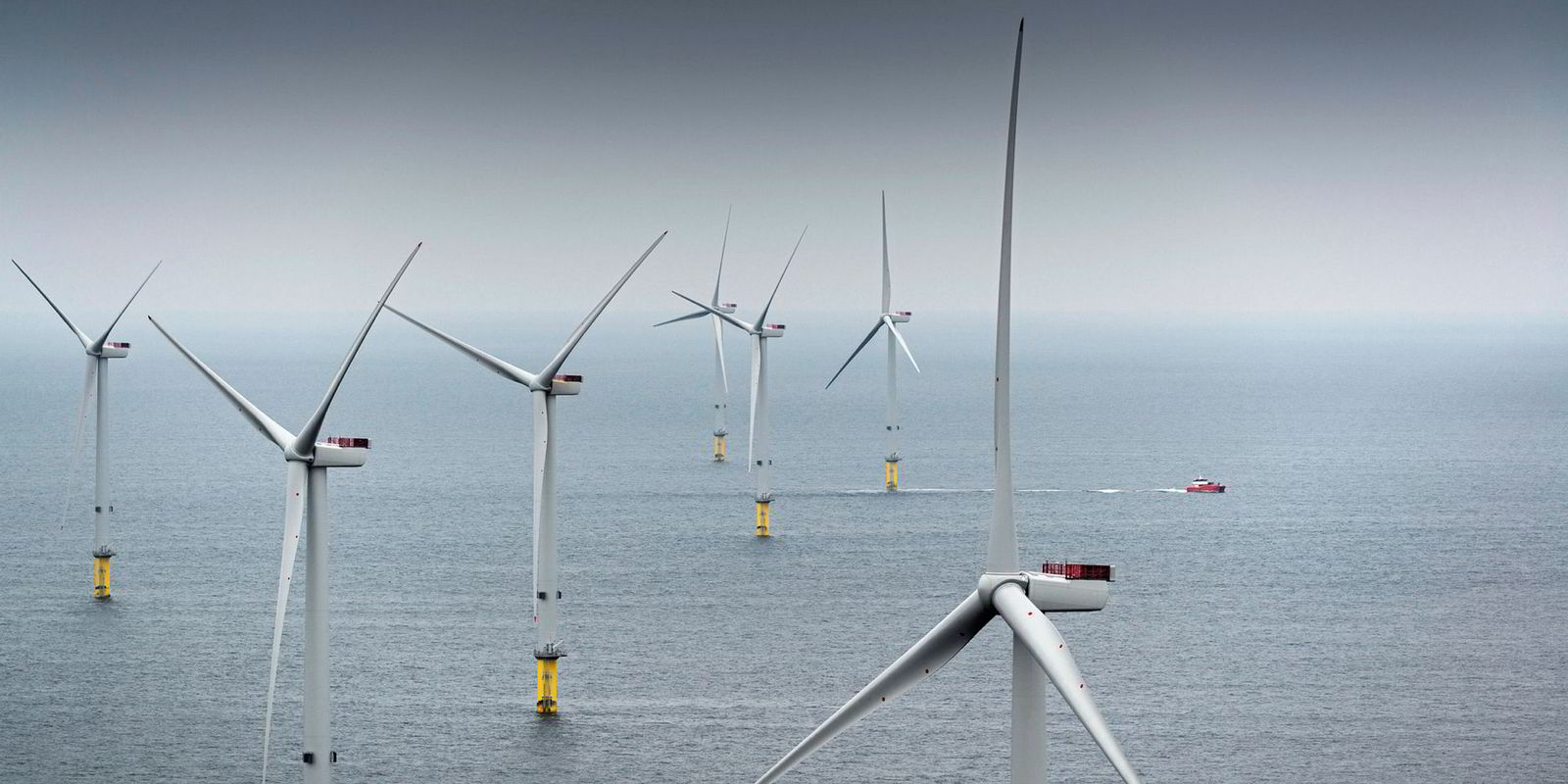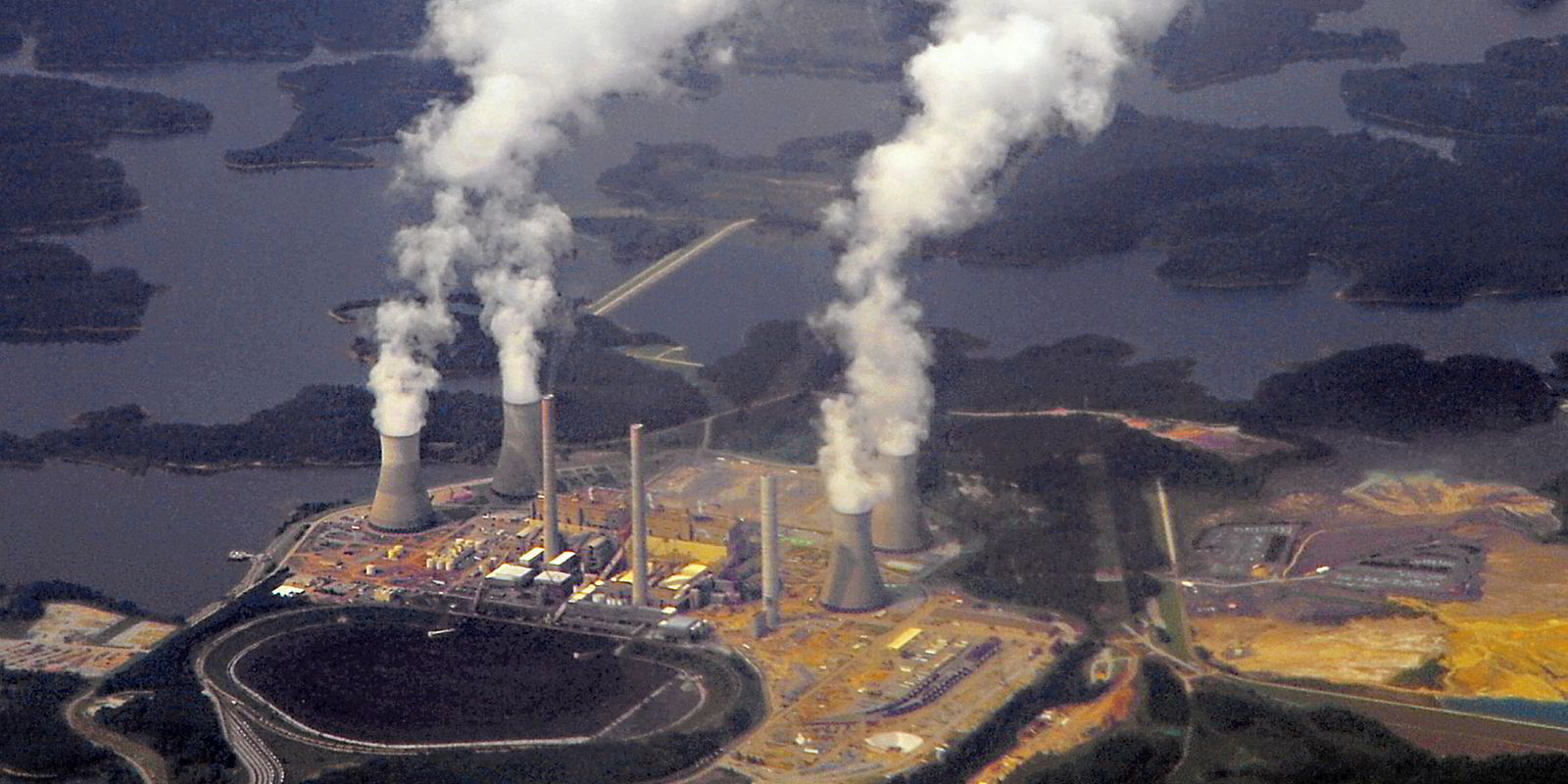Ten years ago, global financial markets were in the grips of a collapse unseen since the Great Depression; Barack Obama was getting his feet under his desk in the Oval Office; and the first Bitcoins were being “mined”. And on 16 January 2009, the inaugural issue of a new all-renewables newspaper called Recharge was being launched at the World Future Energy Summit in Abu Dhabi.
After a decade of reporting on the renewables revolution, change continues to feel the only constant — yet there are marked similarities between then and now. Leafing through our flagship edition, almost every page has direct resonances — positive and negative — in today’s industrial landscape.
The distance travelled by the offshore wind sector is perhaps most striking of all. Our interview in issue 1 with the director of the £1bn Sheringham Shoal project shows a sector in the early stages of industrialisation – an expensive and often experimental technology that the British government was yet to get switched-on to — but today is being counting on to supply 30% of the national power by 2030.
In 2009, Rune Rønvik bemoaned the underwhelming reception he’d received to the 315MW project in the UK, saying: “You read the press and it’s easy to assume Britain is really gung-ho about this industry. Sadly, it’s not like that at all.”
Unlike the UK government of the day, Recharge could see the huge potential of offshore wind to provide what has since been described as “civilization-scale” volumes of power to populations around the globe at a price that challenges incumbent fossil-fuel sources — and operates out of sight of policy-influencing anti-wind groups.
Our faith in the sector is being borne out. Offshore wind dramatic fall in cost — from over €200 ($230) per MWh to under €50 — has sparked a massive expansion, with the pace-setting UK now looking to have 30GW turning by 2030, Germany 15GW or greater, China’s slow-burning sector finally springing to life, and finance rushing in to emerging markets in the US, Taiwan, Japan, Korea and India.
Double-digit turbines were the stuff of engineers’ daydreams in 2009. Now every major OEM has a 10MW-plus machine in the works. Floating wind, which Recharge championed from day one, was likewise then a futurist’s project — Hywind 1, the world’s first industrial-scale design, was just being moored off Norway.
Ten years on, a first floating array, the 30MW Hywind Scotland, is demonstrating higher output than bottom-fixed wind farms, and led by highly prospective markets in Asia, the fledgling sector is forecast to become a 15GW play by 2030. All in, 500GW of offshore wind could be in place by mid-century, putting it in harness to become a main engine for the energy transition.
Few, for that matter, would have predicted in 2009 that onshore wind and solar would have witnessed such jaw-dropping cost declines. The levelised cost of energy (LCOE) for onshore wind has plummeted to sub-$30/MWh levels, with global installations now at 600GW and on a trajectory towards 2,100GW by 2030.
Meanwhile, PV’s LCOE reduction has been even more precipitous — tumbling 85% since 2009 to well under $30/MWh — with worldwide capacity rising to over 400GW in 2018, and 2,300GW foreseen installed by 2030.
Installing the first terawatt of wind and solar took 40 years, but the second terawatt is expected on line by 2023 — at half the cost.
Stepping out of a time-machine today, our younger selves would be dismayed to see how badly tidal and wave power have fared. Yet after a decade of choppy seas — and with numerous high-profile prototypes scuppered by cost — at least tidal is today again on course to reach commercialisation, with a first multi-hundred-megawatt plant off Europe now being developed.
Carbon capture and storage is another technology that Recharge at launch believed would soon become fundamental to the global energy system, as pioneering projects such as Germany’s Schwarze Pumpe coal-fired power plant – which we reported on in our flagship issue – proved up the concept.
For ten years it looked we’d got this one wrong, as the technology’s economics failed in the face of stubbornly low carbon prices. But now it is witnessing a resurgence, with a maiden project in the North Sea that could jump-start investment in CCS around the world that would materially reduce emissions.
The plainest — and most perverse — of parallels between 2009 and today is the state of the unprecedented existential challenge facing us all: climate change. Ten years ago, there was widespread optimism that binding emissions-reduction commitments from world’s industrialised nations would be agreed at COP15 in Copenhagen to slow global warming. It was not to be.
Contemporary geo-politics holds up a dark mirror to the last decade, with global warming denialist Donald Trump now the US president, Brazilian president Jair Bolsonaro dismantling the country’s environment ministry, and coal-fired generation levels alarmingly again on the climb, stoked by the ongoing build-out in Xi Jinping’s China.
Yet new hope is coming from new sources, including through the corporate renewables movement — non-existent in 2009 — where the likes of Google, Coca-Cola, BMW and Ikea, are today among the leading power purchasers of a total 190TWh/year of clean energy. Indeed, a group of multinationals made the declaration at COP24 in Katowice, Poland, that the global economy faces irremediable damage from climate change unless the Paris agenda is actualised.
The Intergovernmental Panel on Climate Change’s recent apocalyptic warning that only 12 years remained to cut emissions to the point where global warming would be kept to 1.5C above pre-industrial levels casts a long shadow entering 2019. Looking back at 2009, however, courage can be taken from wind and solar power having sufficiently enlarged their influence in the interim that the IPCC now calculates this is possible — though still a Herculean task — if 70-85% of the world’s power supply comes from renewables by 2050.
Most of all, reflecting on our first ten years, the strongest impression is that renewable energy is now mainstream — at recent European utility conferences, discussion has dwelt on how to balance a grid dependent on variable wind and solar and how to decarbonise the heat and transport sectors through clean-energy-driven electrification. Terms such as “green hydrogen”, “vehicle to grid” and “virtual power plants” are now common parlance in industry discourse — who could have predicted that in 2009?
A decade from our launch, the world is on the cusp of a history-making transformation — and the headline on our first front-page — “Yes we can” — has never been more topical.
After ten years on the frontlines of the energy transition, two things are clear: one, that renewable energy, as it accelerates its exponential expansion, will be at the heart of the new epoch; and two, that the next ten years promise to be an even more enthralling adventure.





